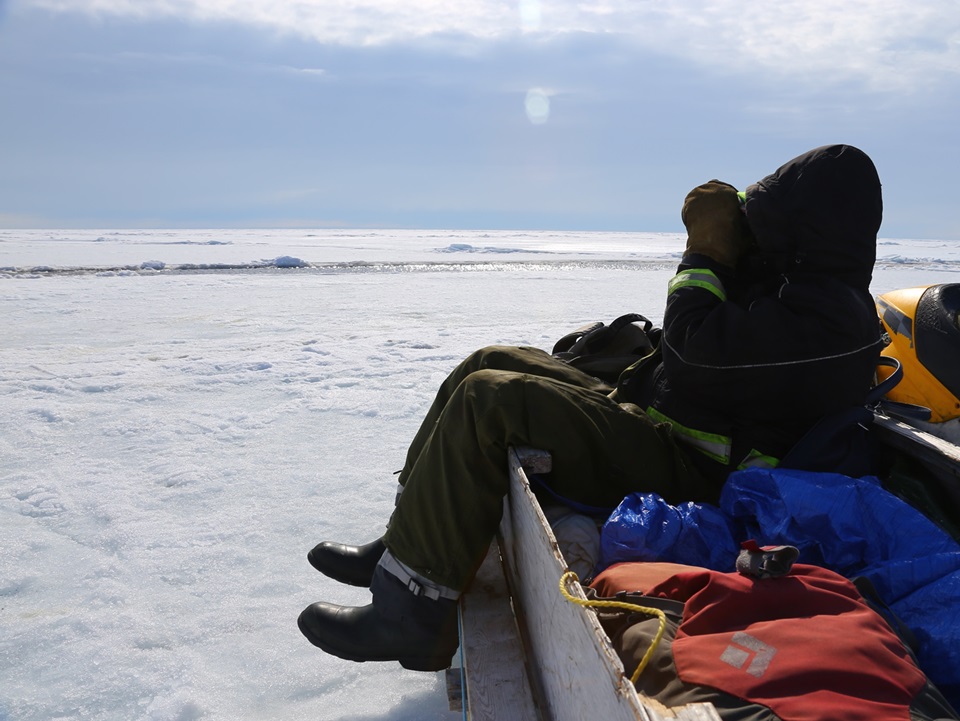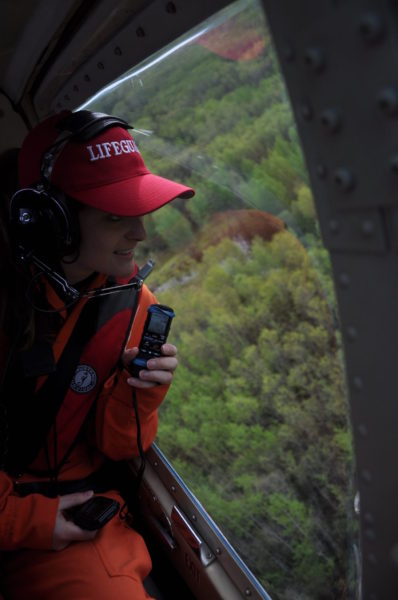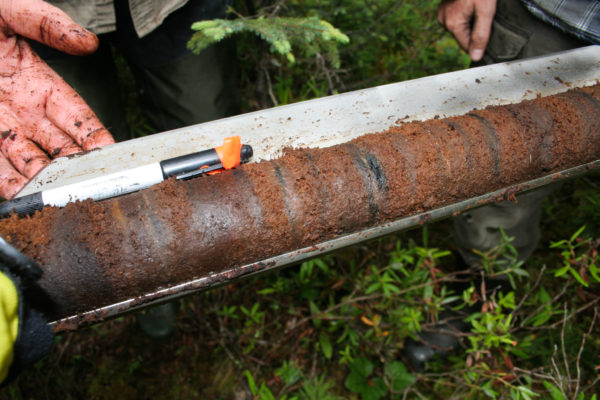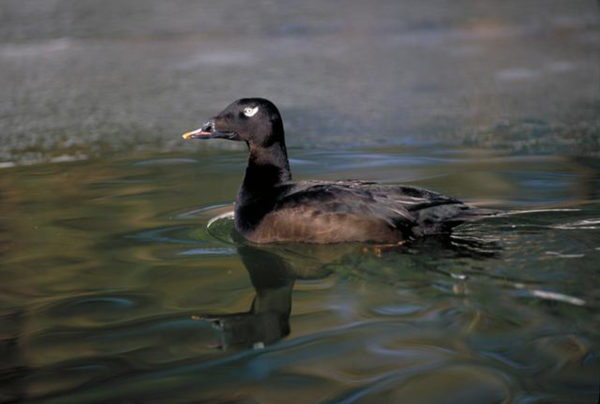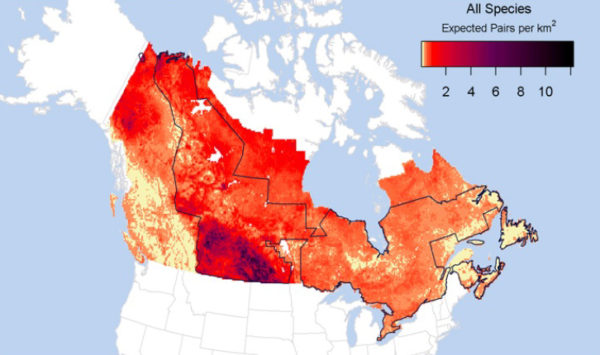
Project
Waterfowl distribution and abundance models
Models to predict the distribution and abundance of breeding ducks in Canada. This project was a collaboration between DUC, University of Laval, and the Boreal Avian Modeling Project. The goal was to develop first generation pan-Canadian waterfowl distribution maps for use in conservation planning. We have used resulting maps for internal spatial planning and as input to external land use planning exercises. Next generation maps are being developed to build upon this initial product.



